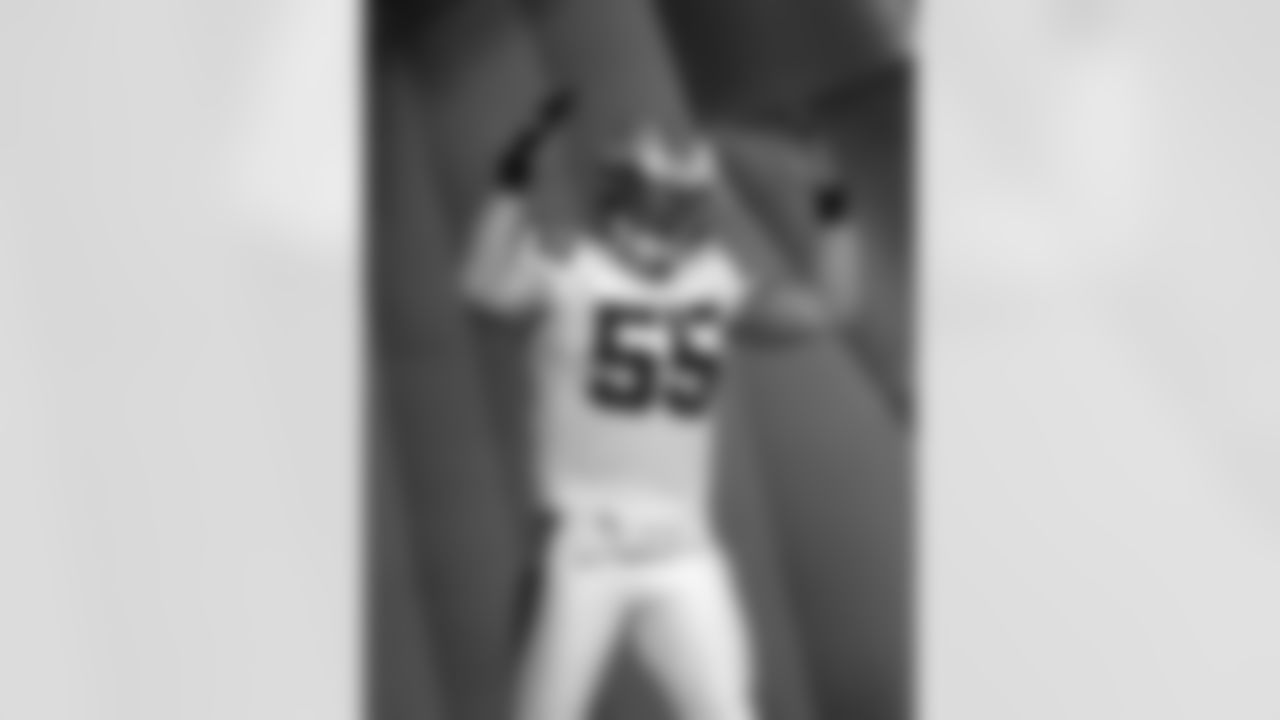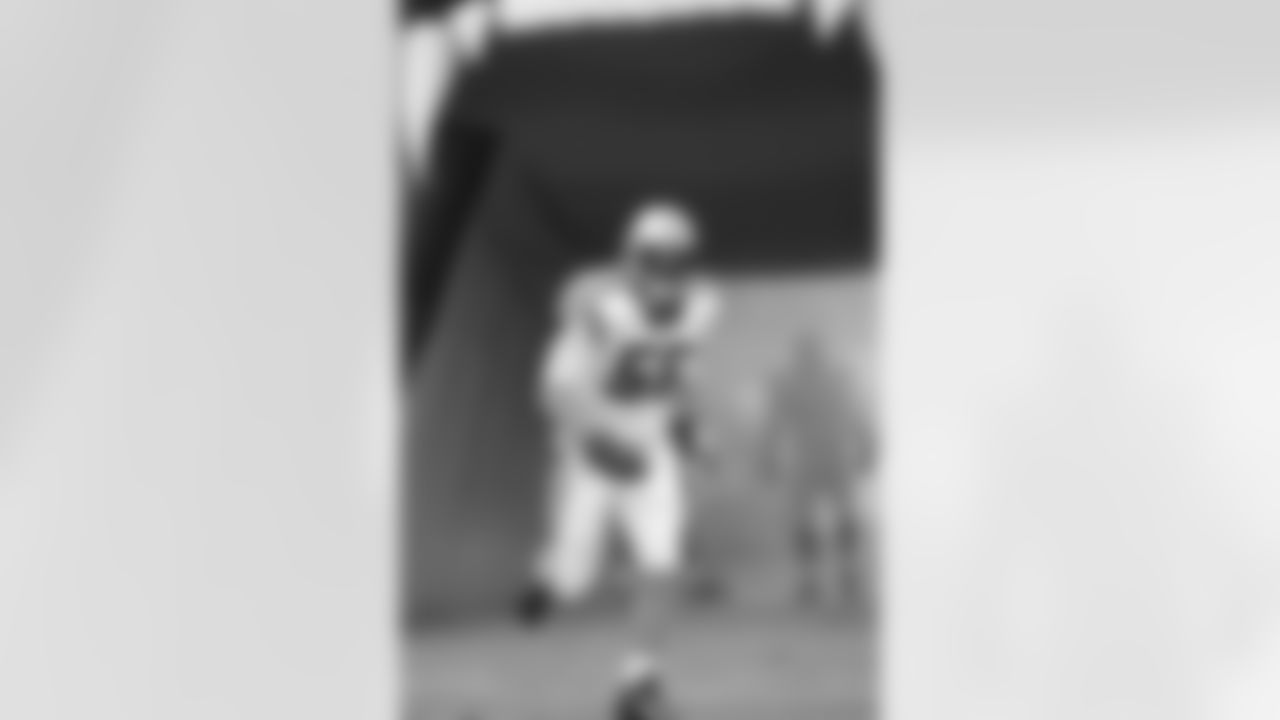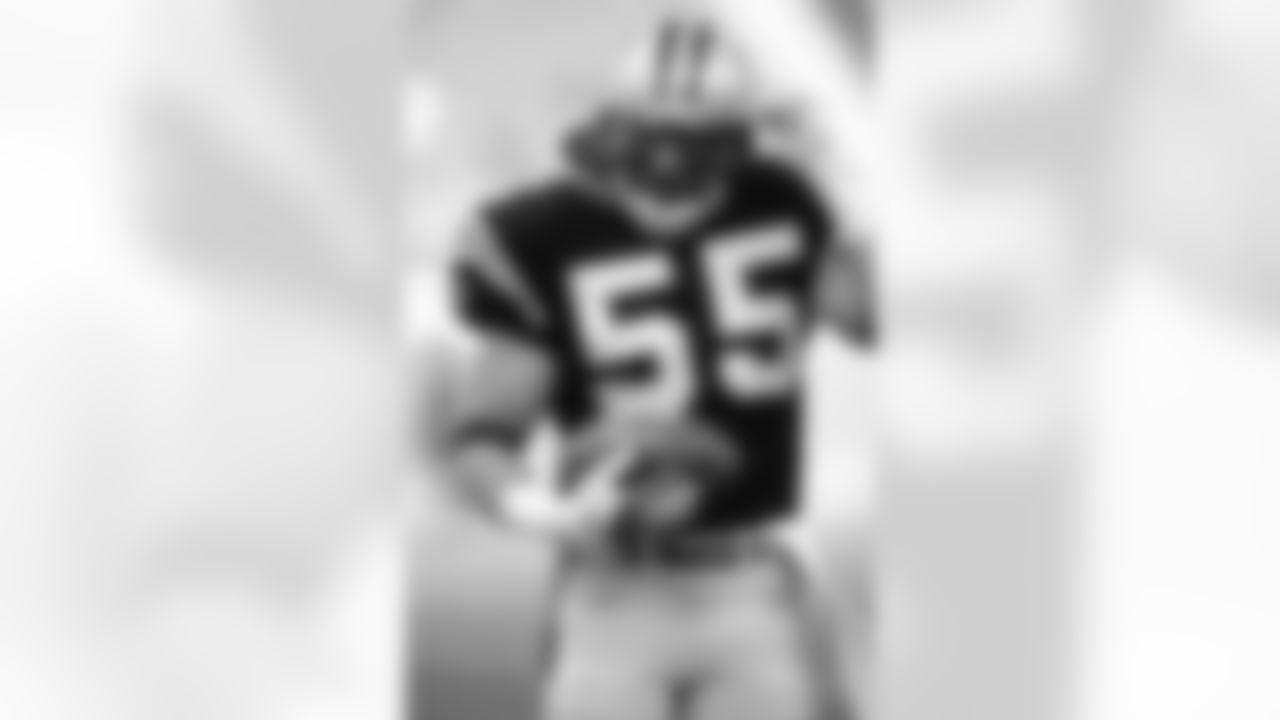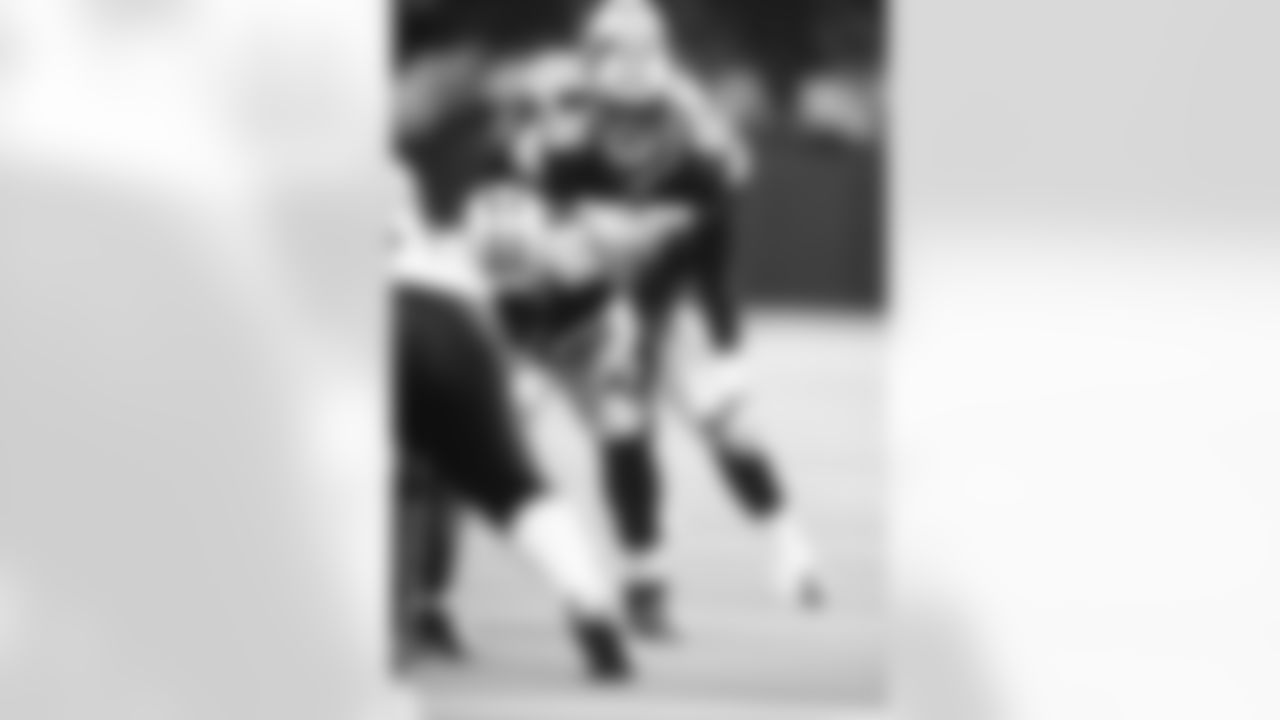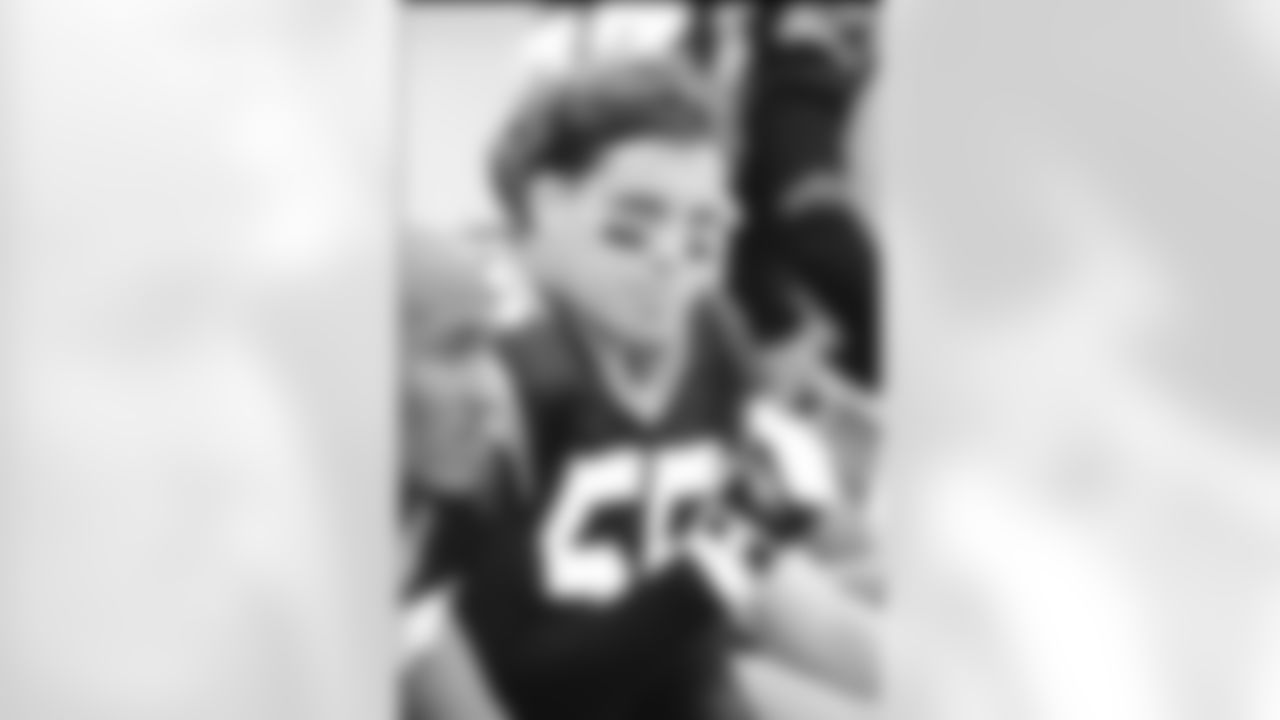But they still have a lot of work to do before they can be considered among the best draft classes in franchise history.
There's a reasonable debate to be held about which one is the best, and if nothing else, it gives you something to argue about around the table today that isn't politics. (You can peruse all of their draft classes here, for reference.)
"I have an opinion, but I might be biased," Panthers general manager Dan Morgan said with a laugh when asked about the best classes of all time.
That's because Morgan was part of an all-time class in 2001, maybe the best ever.
The Miami linebacker was the first-round pick (11th overall) that spring, followed by Maryland defensive tackle Kris Jenkins in the second round (44th overall), and an undersized wide from Utah named Steve Smith in the third round (74th overall).

That would have been enough, as Morgan and Jenkins became part of a defensive core that led the team to the Super Bowl, and Smith would go on to reach the top 10 in league history in receiving yards.
But those Panthers also got contributions deeper in the draft, as quarterback Chris Weinke had a solid run as a backup quarterback after his unfortunate rookie year. He was 1-14 at the helm of the 2001 team but won his second career game as a starter in the Atlanta wildcat game in 2006, among some other cameos such as a dramatic game-winning touchdown in Detroit in relief of an injured Jake Delhomme in 2005. There was also special teams standout Jarrod Cooper, who added comic relief during the Super Bowl run.
But there's actually a conversation to be had about whether it was the best because there have been some good ones. Let's take a look at the top handful of classes.

1995
1. QB Kerry Collins, 1. CB Tyrone Poole, 1. OT Blake Brockermeyer, 2. DT Shawn King, 4. OL Frank Garcia, 5. DB Michael Senters, 5. OT Andrew Peterson, 6. DT Steve Strahan, 6. QB Jerry Colquitt, 7. S Chad Cota, 7. CB Michael Reed.
This draft laid the foundation for the franchise and included a number of key contributors. Collins' time here was short, but he did start as quarterback during the 1996 run to the NFC Championship Game, and after leaving, he had a long and productive career (over 40,000 passing yards, 22nd all-time). Five members of that class played more than 100 games in the league, with moments of distinction. Cota's interception to beat the Steelers in 1996 was one of the defining moments for that team (which went 12-4 in their second season). Garcia was a tough and reliable starter on the interior line and once tried to fight the entire Raiders bench in 1997.
2001
1. LB Dan Morgan, 2. DT Kris Jenkins, 3. WR Steve Smith, 4. QB Chris Weinke, 5. S Jarrod Cooper, 6. RB Dee Brown, 7. OL Louis Williams, 7. TE Mike Roberg.
When you get a combined 10 Pro Bowls out of the first three picks, that's a win. Morgan only had one of those, as injuries hampered his career. But not before he stacked a lot of moments, like his 25-tackle Super Bowl. Jenkins was a star inside before he was traded to the Jets, and Smith became that guy. Williams also played a valuable role for team chemistry, as he was the rookie adopted by veteran linemen Kevin Donnalley and Todd Steussie, who would do anything they asked (like eat a bowl of mayonnaise for a hundred dollars). He bought a motorcycle with the money he stacked up from dares.

2002
1. DE Julius Peppers, 2. RB DeShaun Foster, 3. LB Will Witherspoon, 4. CB Dante Wesley, 5. QB Randy Fasani, 5. FB Kyle Johnson, 6. TE Keith Heinrich, 7. G Pete Campion, 7, S Brad Franklin.
You draft a Hall of Famer, it's a good draft, no matter what else happens. And Peppers was as projected, finishing his career fourth on the league's all-time sack list, leading to his first-ballot selection to the Hall. But Foster was an important cog in the first Super Bowl push, making some of the most memorable runs in team history, and Witherspoon was a high-level partner to Morgan at linebacker before leaving in free agency for St. Louis. Wesley also played more than 100 games in the NFL, a standard not many late-round picks get to.
2005
1. LB Thomas Davis, 2. RB Eric Shelton, 3. G Evan Mathis, 3. DT Atiyyah Ellison, 4. QB Stefan Lefors, 5. LB Adam Seward, 5. G Geoff Hangartner, 5. DB Ben Emanuel, 6. DE Jovan Haye, 6. T Joe Berger
This is a sleeper draft, and not just because Davis would go on to become a Walter Payton NFL Man of the Year, overcoming three torn ACLs and playing in the Super Bowl with a just-broken arm that swole up to look like the football itself. If you get one star at the top, that's often enough. But they took three offensive linemen that year who would go on to play 397 games in the league, even if Mathis and Berger did much of their best work elsewhere. Hangartner was a key part of those lines of the late 2000s, able to step in and start capably at either center or guard.

2007
1. LB Jon Beason, 2. WR Dwayne Jarrett, 2. C Ryan Kalil, 3. DE Charles Johnson, 4. WR Ryne Robinson, 5. TE Dante Rosario, 5. LB Tim Shaw, 7. CB CJ Wilson.
If the answer is not 2001 or 2002, it almost has to be this one. GM Marty Hurney was able to add three studs in the first three rounds after trading down in the first. The Jets wanted to move up to the 14th pick overall to take future Hall of Fame CB Darrelle Revis, so Hurney accepted the 25th and 59th picks and turned them into franchise cornerstones Beason and Kalil. That was a trade that benefitted both teams for a long time. Getting 143 games and 67.5 career sacks out of Johnson in the third round was also one of his best picks, and Rosario had his moments as well (even if Dick Stockton called him Rosario Dawson after his dramatic touchdown in San Diego).
If you think about long-term value, those are likely the top five classes.
But there were others that stood out in their own ways.
2008 — Franchise rushing leader Johnathan Stewart in the first, all the way to a couple of seventh-round linemen (Geoff Schwartz and Mackenzy Bernadeau) who played 185 career games between them.
2006 — DeAngelo Williams, Richard Marshall, and James Anderson were all solid players, and Jeff King (now the Bears assistant GM) and Will Montgomery late.
2012 — Luke Kuechly in the first and Josh Norman in the fifth. Enough said.
2011 — Cam Newton. Even if nothing else happened that year, that was more than enough to add a future league MVP.
2017 — Christian McCaffrey, Curtis Samuel, and Taylor Moton were a strong start to any draft.
2021 — This one could eventually make the grade, with Jaycee Horn in the first and Chuba Hubbard in the fourth, along with productive dudes like Brady Christensen and Tommy Tremble.
2020 — Two starting offensive linemen in Ikem Ekwonu and Cade Mays coming in the first and sixth rounds isn't a bad haul.
THE VERDICT
ProFootballReference.com maintains a stat called weighted Approximate Value, which tries to put a numeric value on the entire careers of players.
By that measure, the 1995 draft has held up the best, with five guys who had extended NFL careers (and when the league average is less than four years, that's impressive work by inaugural GM Bill Polian). Collins played just the first four seasons of a long career here, though. And several of the other guys also stood out elsewhere, including Poole and Brockermeyer.
The 2007 draft is a critical success — like an obscure record from an indie band that your friends have never heard of — since Hurney was able to maximize the assets by trading back and then nailing later picks to bring in three long-term players.
But the decision really comes down to those back-to-back drafts in 2001 and 2002.
When the first three picks hit the way those three did, it's hard to choose between them. And Peppers is the only drafted player in team history to put on the Gold Jacket from the Hall of Fame, though when you're picked second overall, you expect talent.
But he may have company someday, and that's what tips the balance.
Morgan and Jenkins were great picks. Getting a player such as Smith in the third round was among the all-time steals. Will Witherspoon was really good, but Smith became a legend here and beyond.
So at this moment, it's hard to argue that the current general manager is right.
Even if he's biased.
Morgan played middle linebacker for the Panthers from 2001-07. He spent seven seasons in the Seattle Seahawks personnel department and then was with the Buffalo Bills from 2018-21, most recently as Director of Player Personnel.



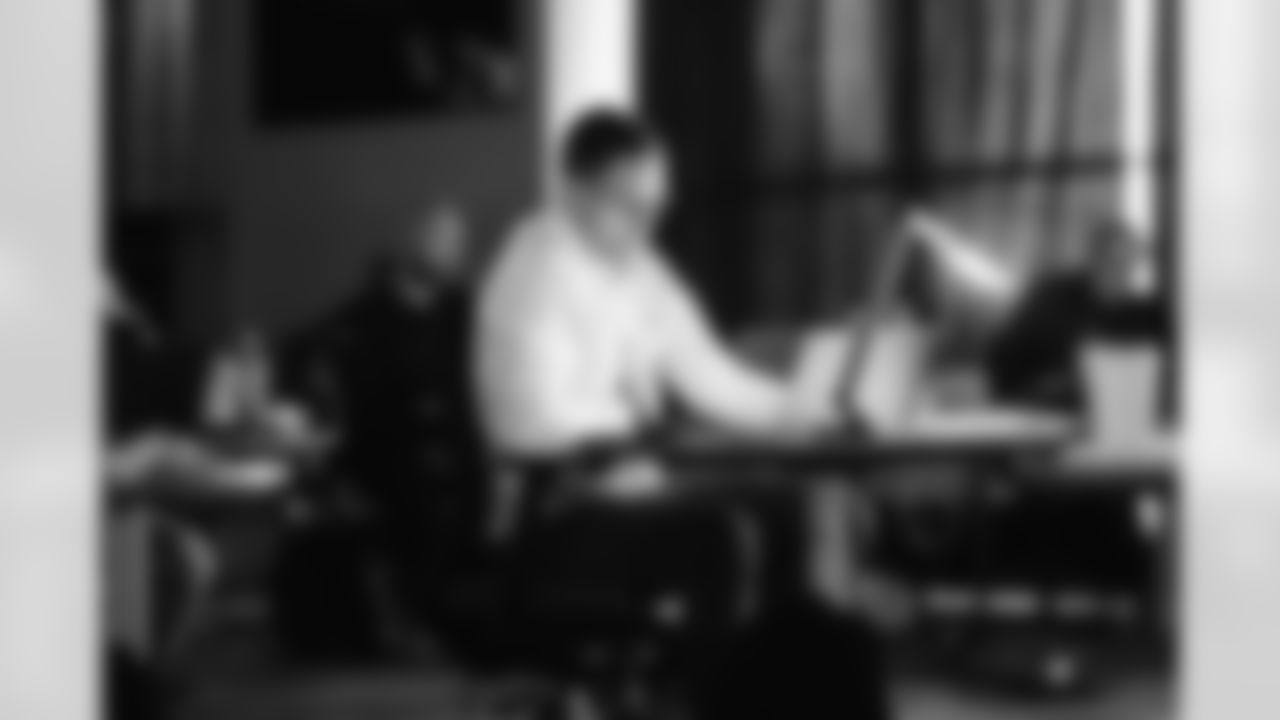

Scenes from the Buffalo Bills Draft Room during Rounds 2 and 3 of the 2021 NFL Draft at One Bills Drive on April 30, 2021. Photo by Sara Schmidle






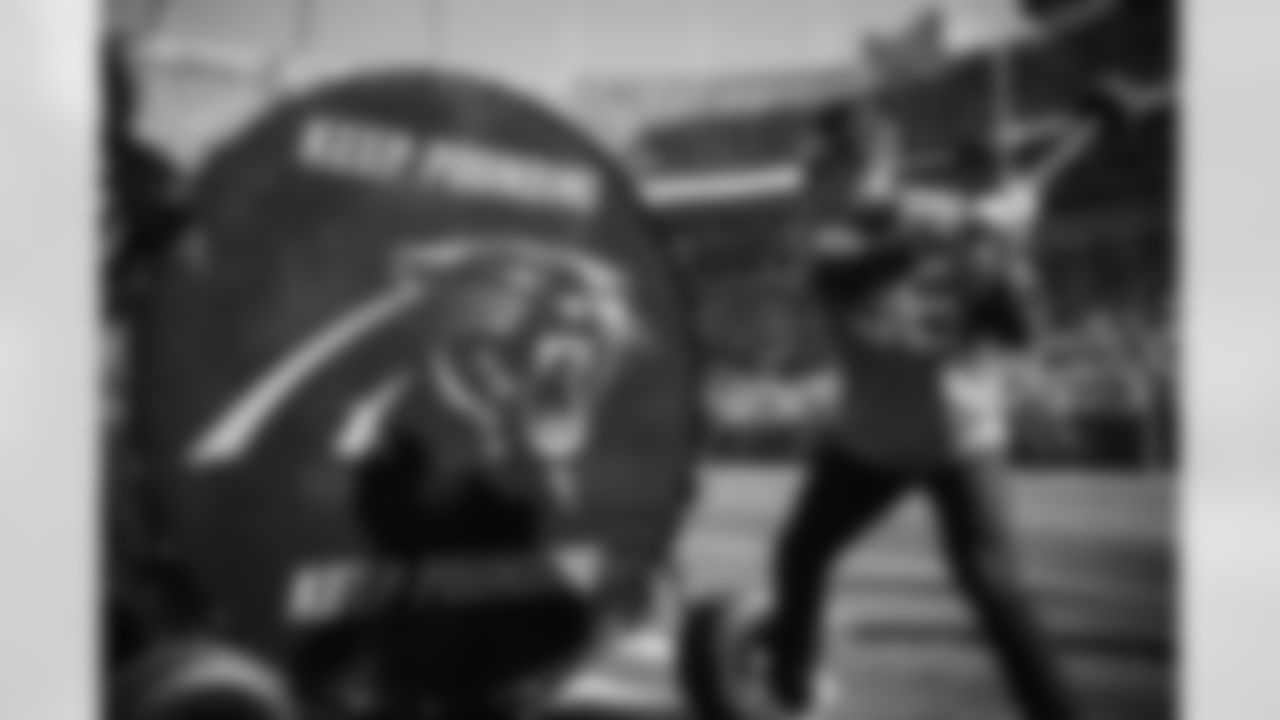

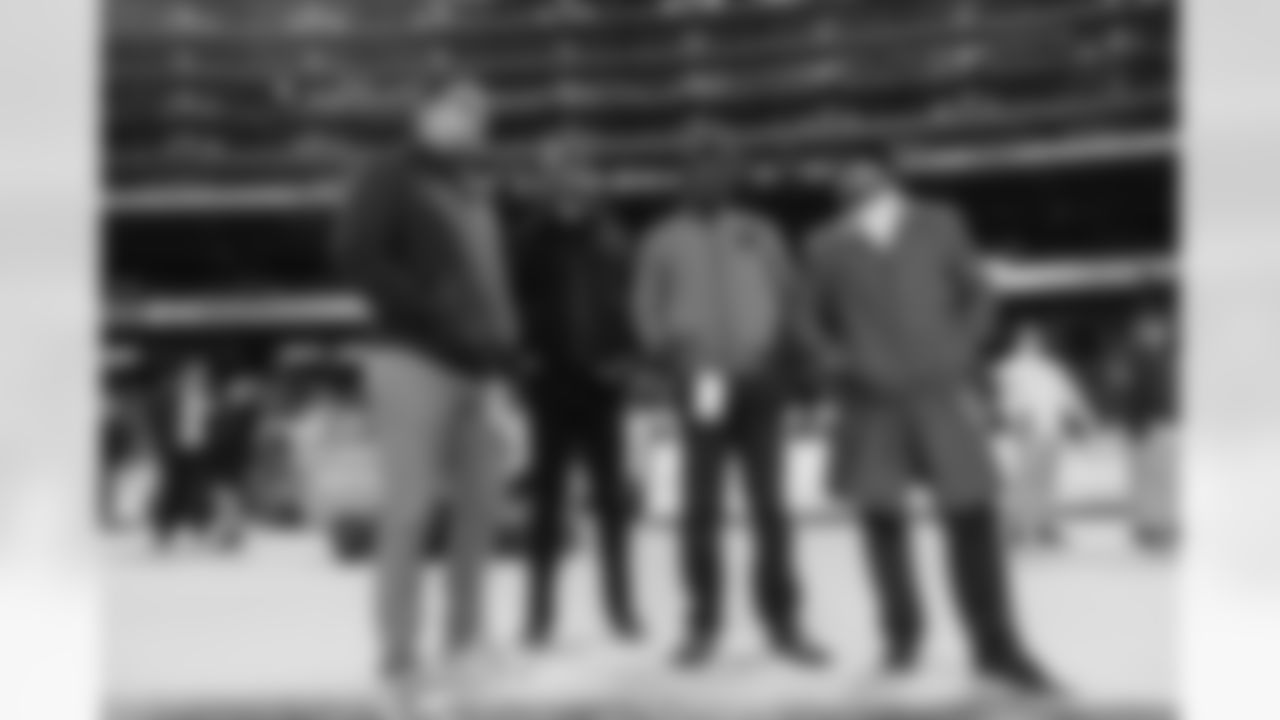



Brandon Beane, Dan Morgan, Joe Schoen. Buffalo Bills vs New York Jets, December 29, 2019 at New Era Field. Photo by Bill Wippert


Scenes from the Buffalo Bills Draft Room during Rounds 2 and 3 of the 2021 NFL Draft at One Bills Drive on April 30, 2021. Photo by Sara Schmidle


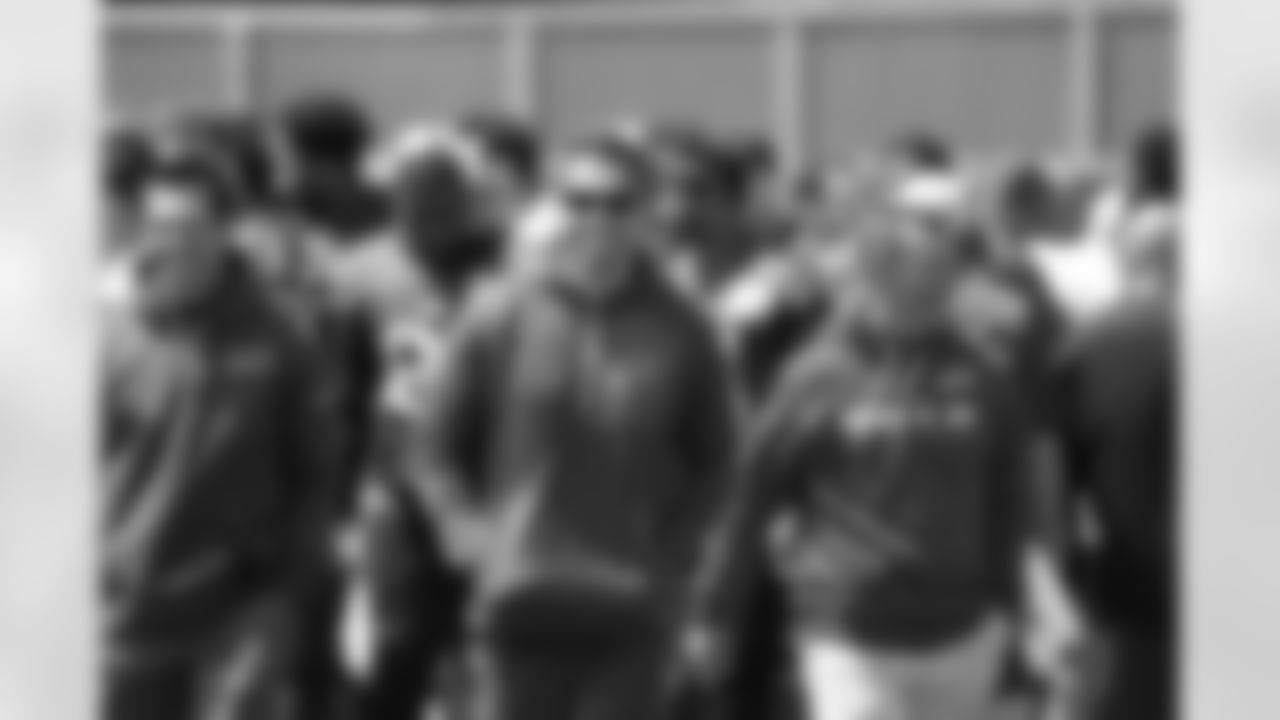
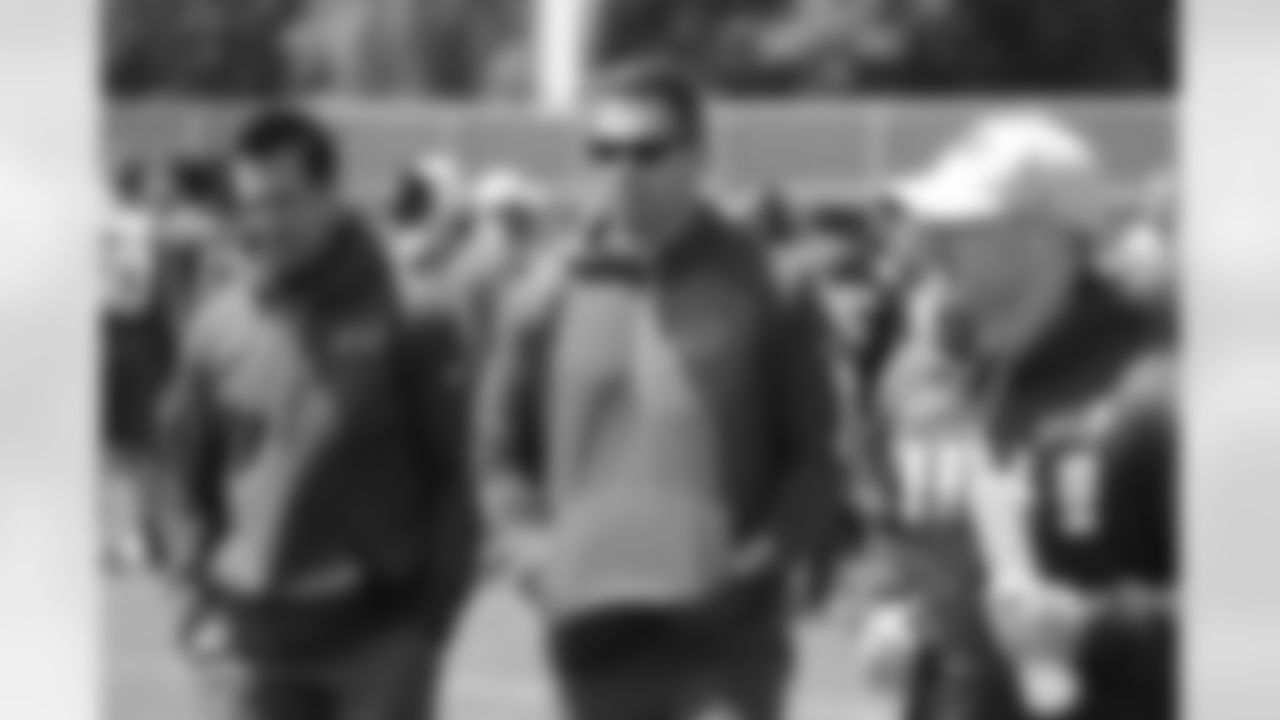
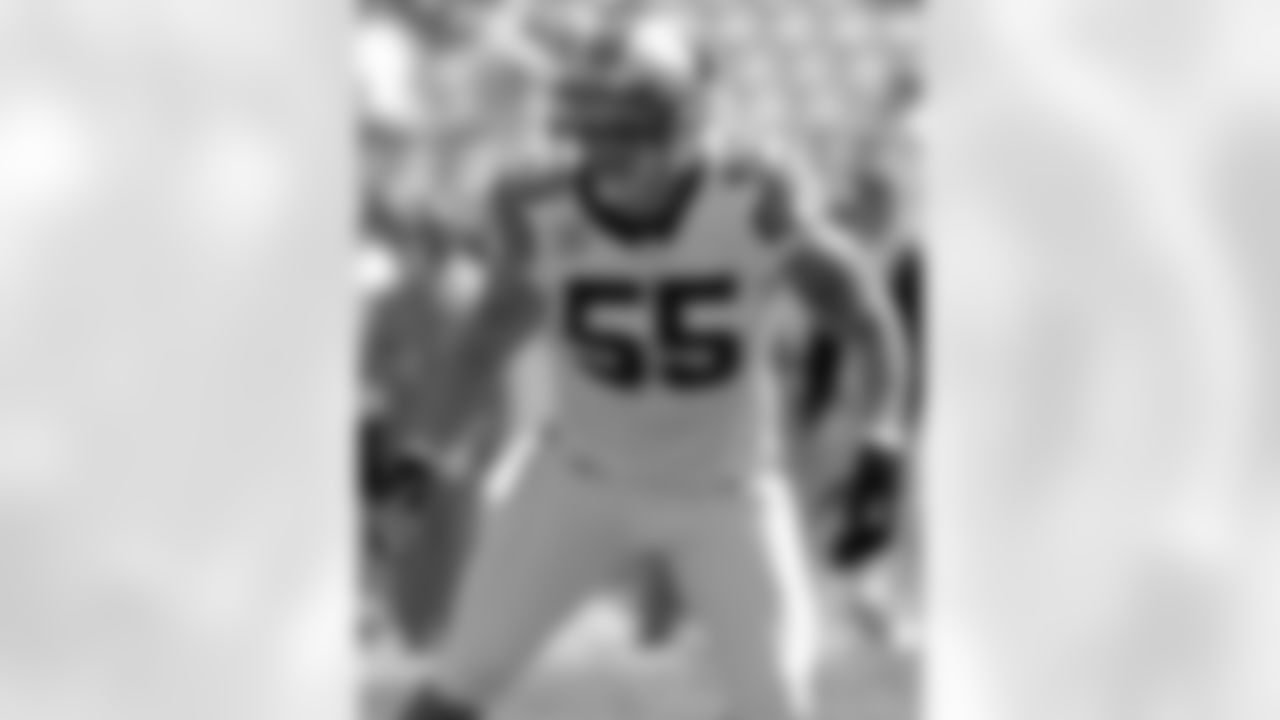

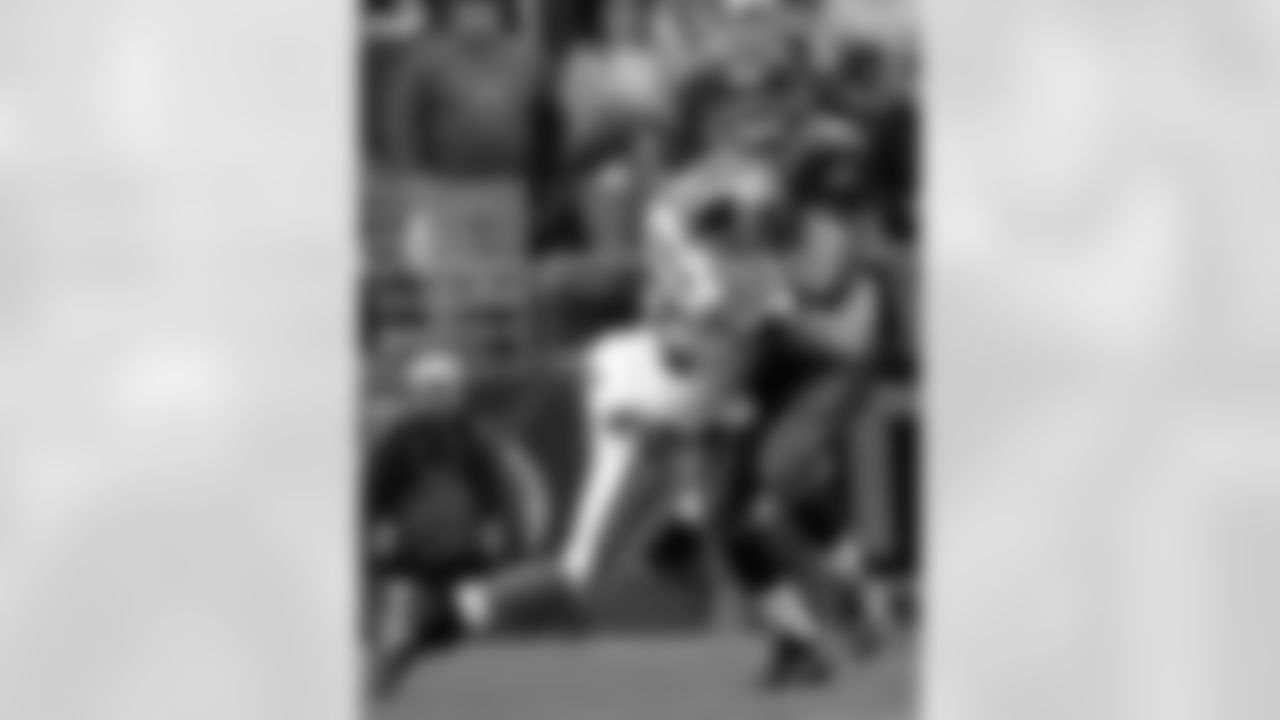
Seattle Seahawks' Matt Hasselbeck, right, is pressured by Carolina Panthers' Dan Morgan in the first quarter during their NFC Championship football game in Seattle, on Sunday, Jan. 22, 2006. (AP Photo/Ted S. Warren)
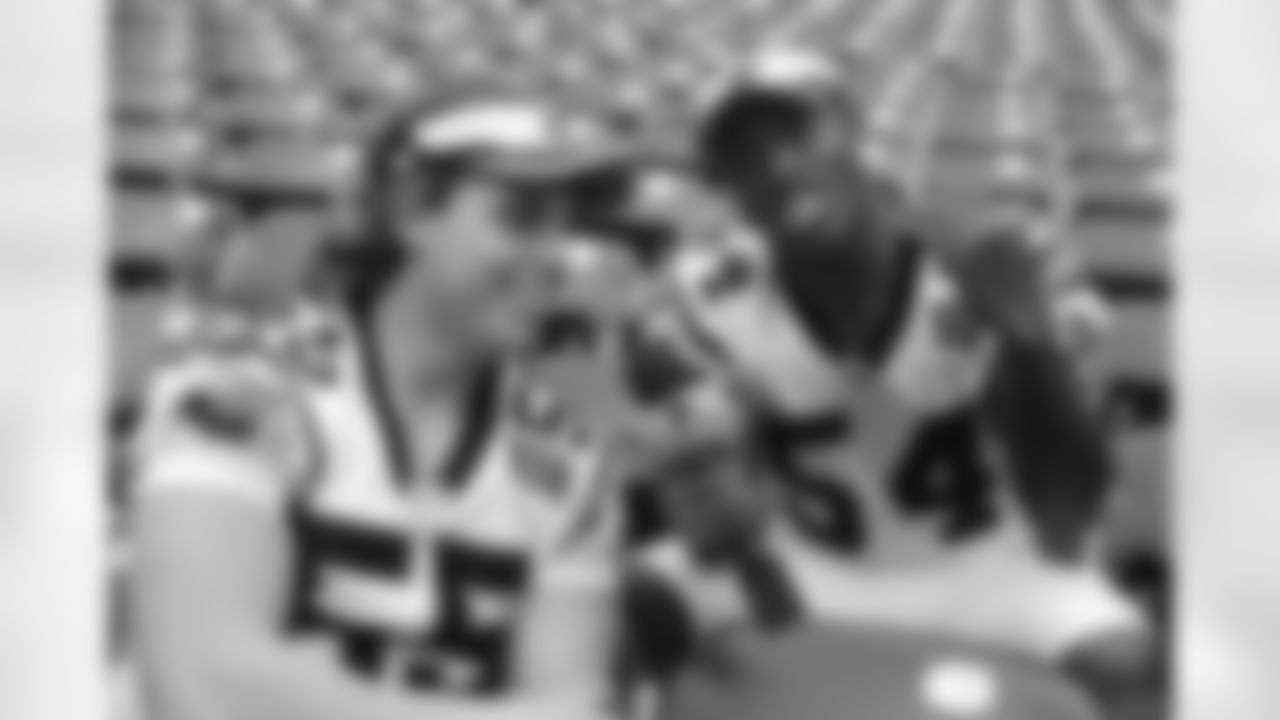
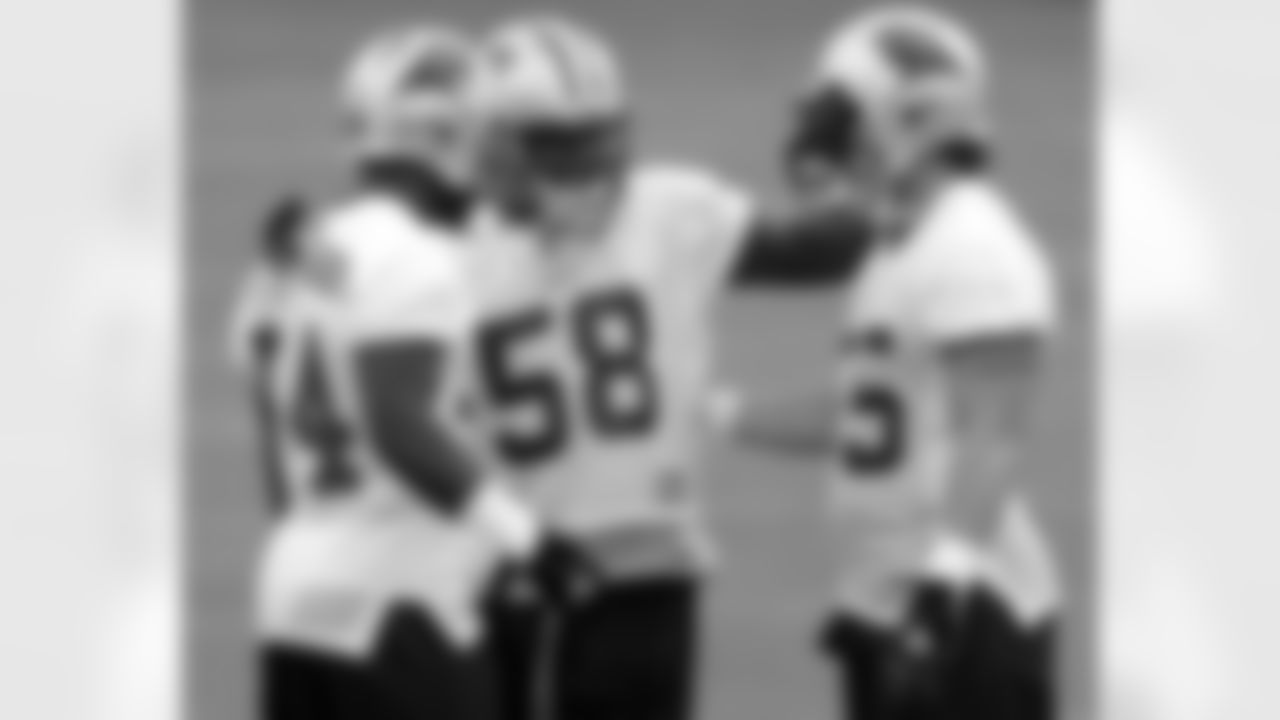
Carolina Panthers linebacker Mark Fields (58) jokes with teammates Dan Morgan (55) and Will Witherspoon (54) during the team's minicamp in Charlotte, N.C., Monday, June 14, 2004.
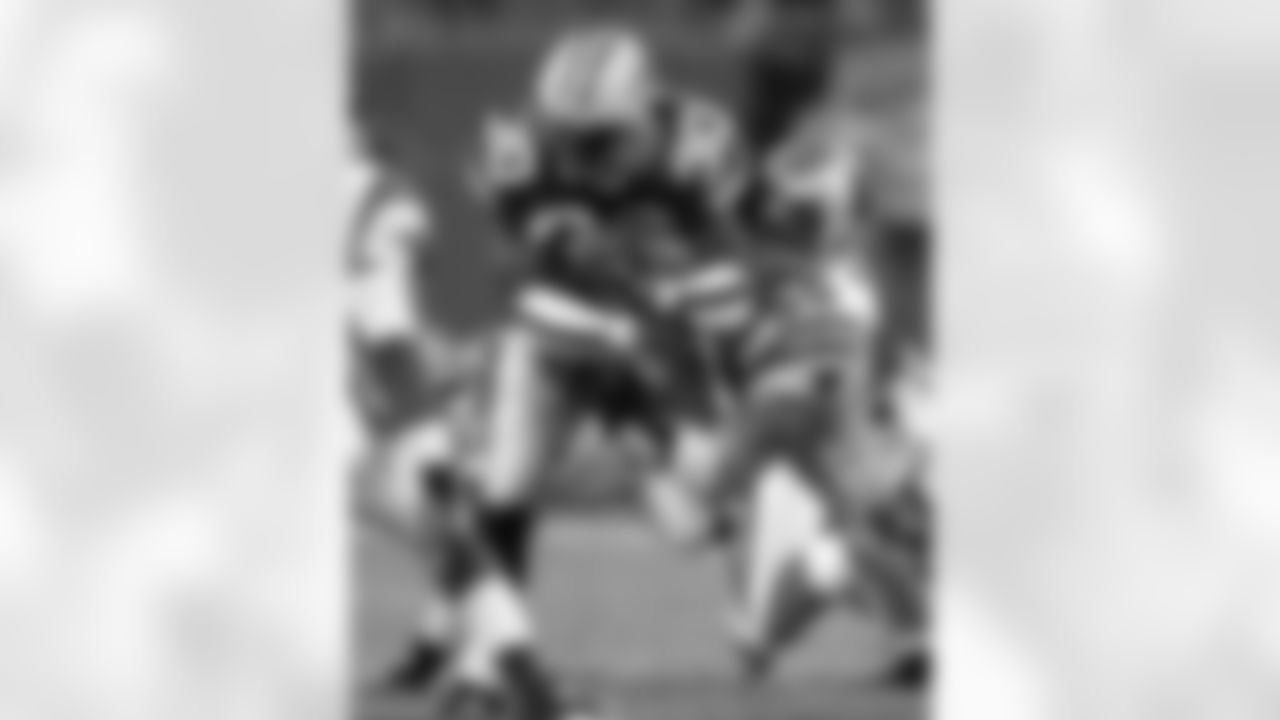
Green Bay Packers' Ahman Green (30) is tackled by Carolina Panthers' Dan Morgan (55) after a short gain in the first quarter in Charlotte, N.C., Monday Sept. 13, 2004. (AP Photo/Chuck Burton)
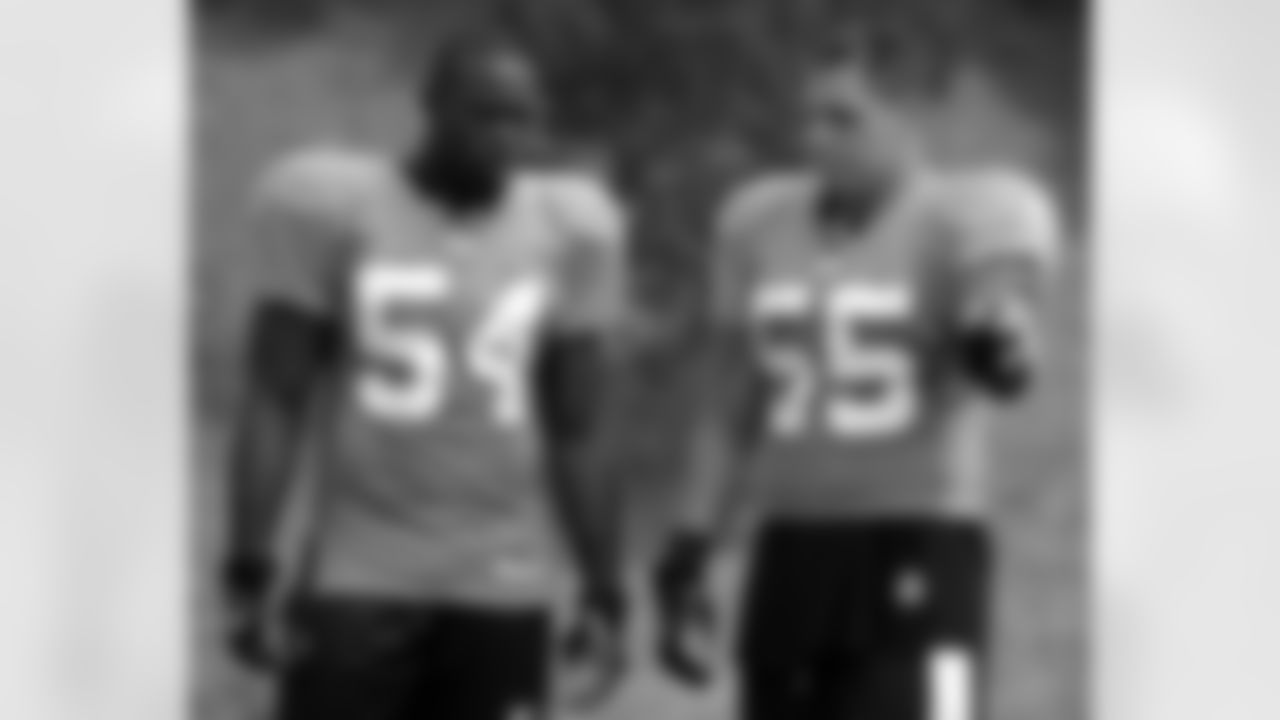
Carolina Panthers linebackers Dan Morgan (55) and Will Witherspoon (54) talk during training camp in Spartanburg, S.C., in this Aug. 3, 2005 file photo.

Carolina Panthers' Dan Morgan (55) talks with assistant special teams coach Tony Levine, left, during practice at the NFL football team's training camp in Spartanburg, N.C., Saturday, July 28, 2007. (AP Photo/Chuck Burton)

Carolina Panthers' Dan Morgan lines up during a drill at practice during the NFL football team's training camp in Spartanburg, S.C., Saturday, July 28, 2007. (AP Photo/Chuck Burton)
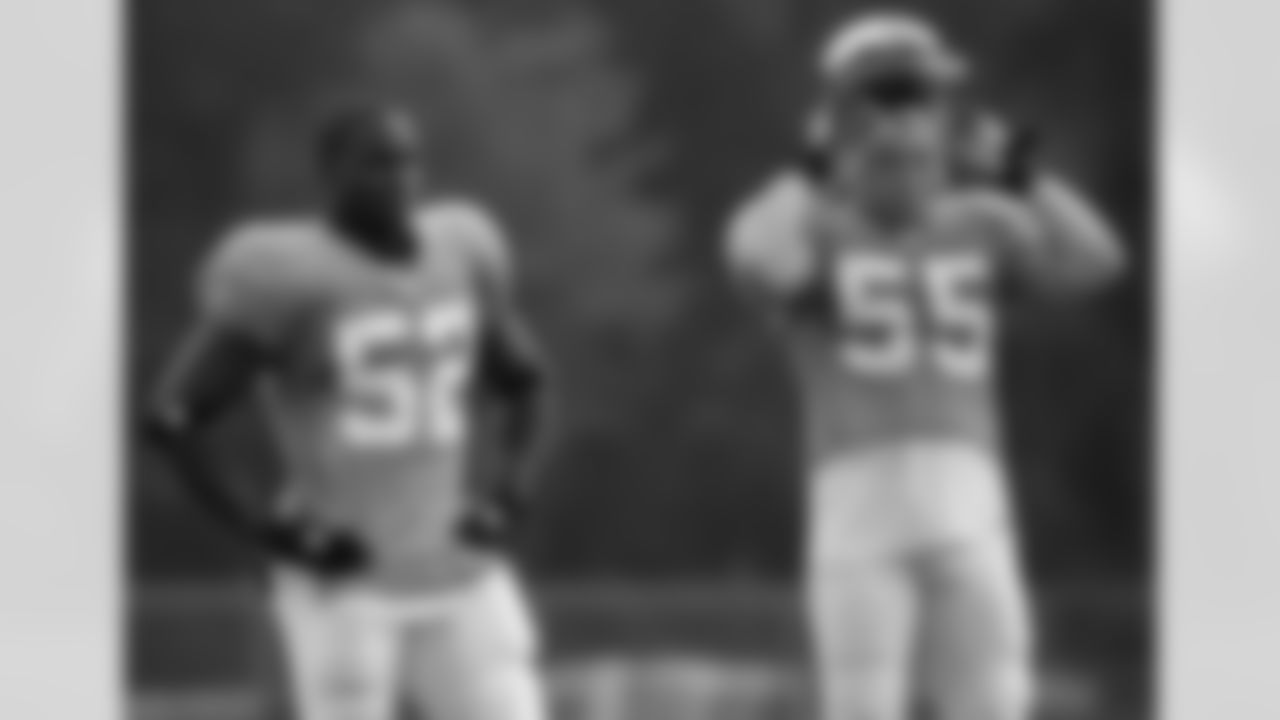
Carolina Panthers linebackers Jon Beason, left, and Dan Morgan, right, look on at practice during the NFL football team's training camp in Spartanburg, S.C., Monday, Aug. 6, 2007. (AP Photo/Chuck Burton)
